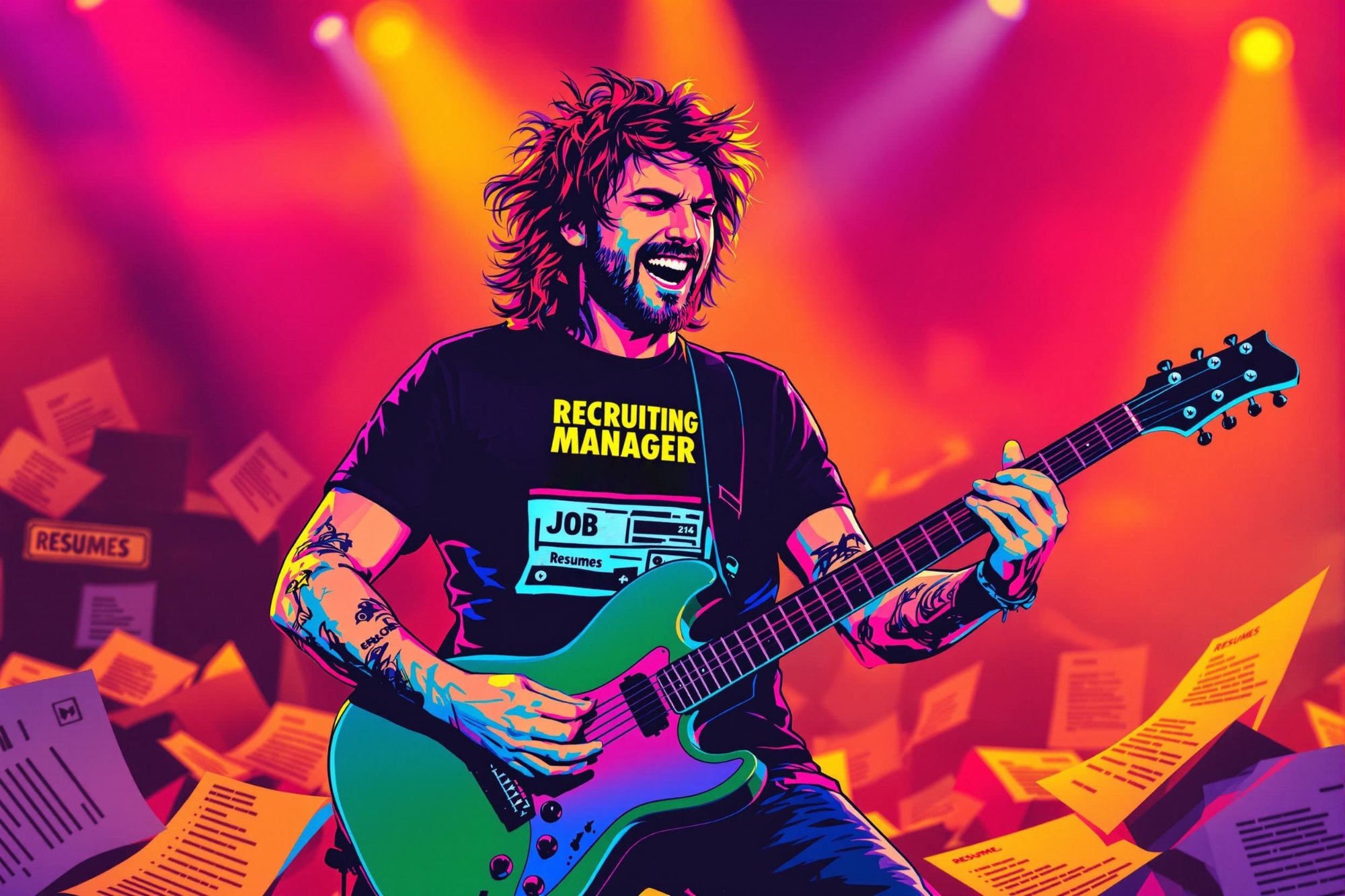
Montage
Montage is a storytelling technique where multiple scenes or images are combined together to show a sequence of events, often used to compress time or convey a theme. In film and television, it's like creating a visual summary that might show someone training for a sport, falling in love, or building something over time. Think of it as a creative way to tell a longer story in a short amount of time. When someone mentions montage skills on their resume, they're saying they know how to plan and create these powerful storytelling sequences.
Examples in Resumes
Created compelling Montage sequences for character development in short films
Wrote Montage scenes showing the protagonist's journey from rookie to expert
Developed Montage sequences to compress six months of story into two minutes of screen time
Typical job title: "Screenwriters"
Also try searching for:
Where to Find Screenwriters
Example Interview Questions
Senior Level Questions
Q: How do you approach writing a montage sequence that needs to convey complex character development?
Expected Answer: An experienced writer should discuss how they balance visual storytelling with emotional impact, how they select key moments that show character growth, and how they ensure the sequence flows naturally within the larger story.
Q: Can you describe a challenging montage sequence you've written and how you overcame any obstacles?
Expected Answer: They should be able to provide specific examples from their work, explain their creative process, and discuss how they solved problems like time constraints or budget limitations while maintaining the story's effectiveness.
Mid Level Questions
Q: What are the key elements you consider when writing a montage sequence?
Expected Answer: Should mention pacing, emotional arc, visual variety, music considerations, and how to effectively compress time while maintaining audience engagement.
Q: How do you ensure a montage sequence doesn't feel cliché?
Expected Answer: Should discuss techniques for creating fresh approaches, avoiding common tropes, and keeping the sequence relevant to the specific story and characters.
Junior Level Questions
Q: What is the purpose of a montage in storytelling?
Expected Answer: Should be able to explain basic concepts of time compression, showing character growth or change, and how montages can effectively convey information quickly.
Q: How do you format a montage sequence in a screenplay?
Expected Answer: Should demonstrate knowledge of standard screenplay formatting for montages, including how to clearly separate and describe individual moments or scenes.
Experience Level Indicators
Junior (0-2 years)
- Basic montage formatting in scripts
- Understanding of time compression techniques
- Simple character development sequences
- Basic story structure knowledge
Mid (2-5 years)
- Creative approaches to standard montage types
- Effective emotional storytelling
- Clear visual description writing
- Understanding of production constraints
Senior (5+ years)
- Complex character development sequences
- Innovation in montage techniques
- Budget-conscious writing
- Mentoring other writers
Red Flags to Watch For
- Unable to explain how montages serve the story
- No understanding of screenplay formatting
- Overreliance on common montage clichés
- Lack of visual storytelling skills
Related Terms
Need more hiring wisdom? Check these out...

Lost in Translation? How a Hybrid Mentorship Database Bridges Cross-Regional Talent

When Job Ads Dance: Why Your Next Hire Might Come From a 20-Second TikTok

Beyond Borders: Mastering the Art of a Global Onboarding Calendar

